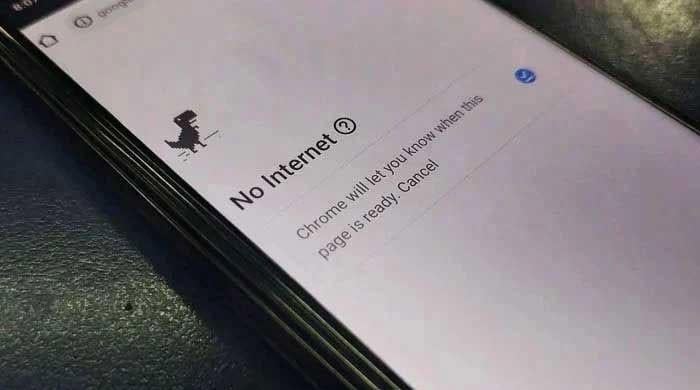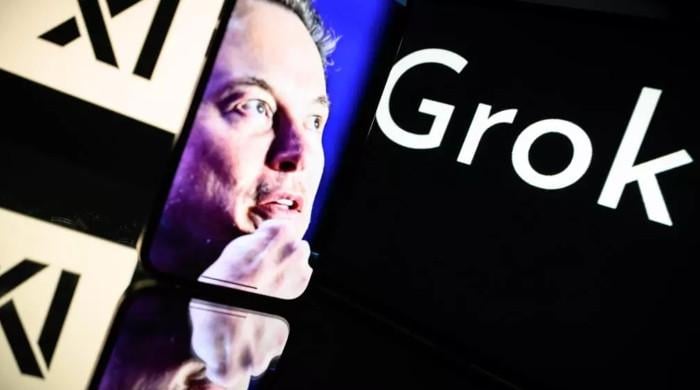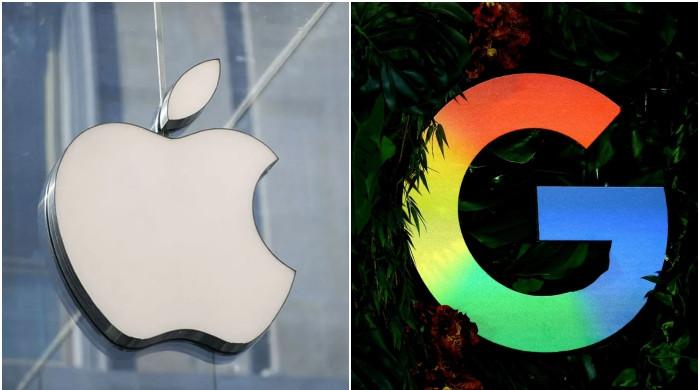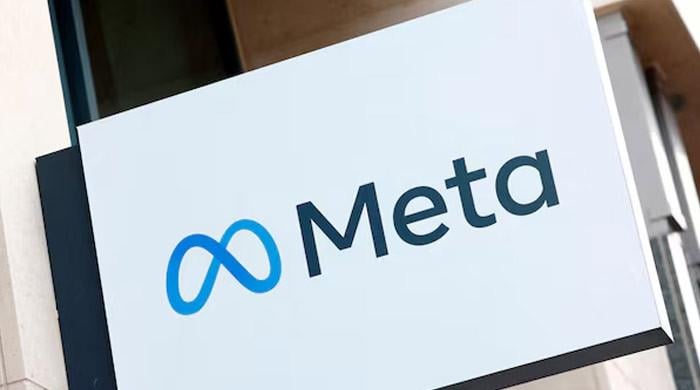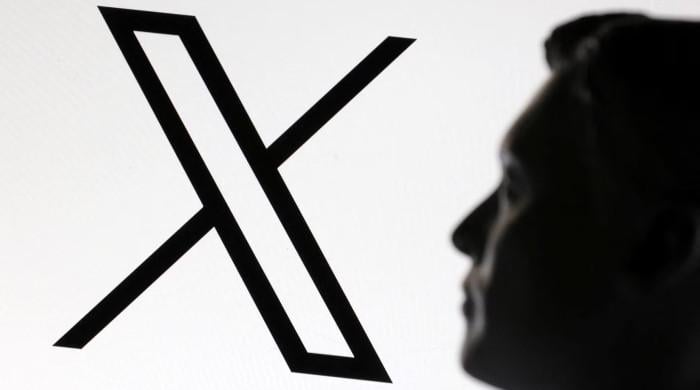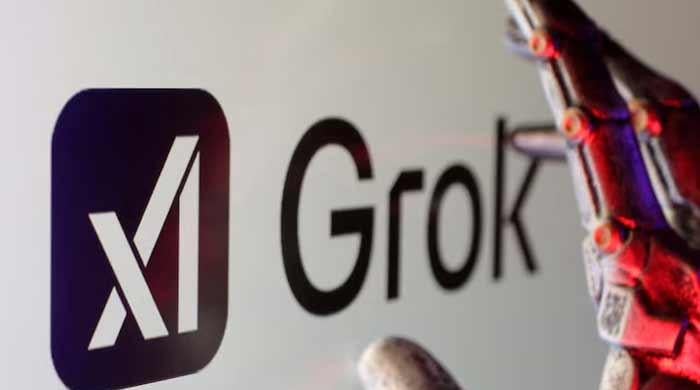WATCH: New ‘self-healing’ phone screens can fix cracks within 20 minutes
As soon as a crack appears on the screen, the oil will be released to repair the phone's screen
December 28, 2020
- South Korean researchers have come up with a solution for cracked phone screens
- The ‘self-healing’ technology combines linseed oil with the plastic of phone screens
- As soon as a crack appears on the screen, the oil will be released to repair the screen
- Researchers say the process will fix 95% of all cracks within 20 minutes
Irrespective of how expensive a cellphone is, it is still a delicate gadget and is prone to breakage and malfunction. It especially holds true for a cellphone screen which people often accidentally smash and have to pay hefty sums of money to get the screen replaced.
But now, researchers in South Korea have come up with a new solution for cracked phone screens through a new 'self-healing' technology.
According to an article by The Daily Mail, the new 'self-healing' technology combines linseed oil with the plastic of phone screens. As soon as a crack would appear on the screen, the oil will be released which will harden after a few minutes and repair the crack.
"This process rectifies the damage to the screen and can fix 95% of all cracks within 20 minutes," researchers claim.
They further added that exposure to ultraviolet light could speed up the process and can repair the screen within 10 minutes.
The study, which has been published in the journal Composite Part B: Engineering, was led by Dr Yong-Chae Jung, head of the centre at the Institute of Advanced Composites Materials at the Korea Institute of Science and Technology (KIST).
In the study, researchers showed how the material for the 'self-healing' screen was made and how effective it was.
"It is called a polymer bilayer film (PBF) which is a sandwich of two layers stuck together to form a single material," researchers said.
"The top layer involves the linseed oil capsules whereas the bottom layer is the ubiquitous glass-like material used in phones, tablets and other gadgets called CPI."
CPI is a transparent plastic which is strong, flexible and conducts electricity.
"The combination of these two layers has thus far only been tested in a laboratory but the researchers write that it could 'eventually be widely used in outdoor applications'."




